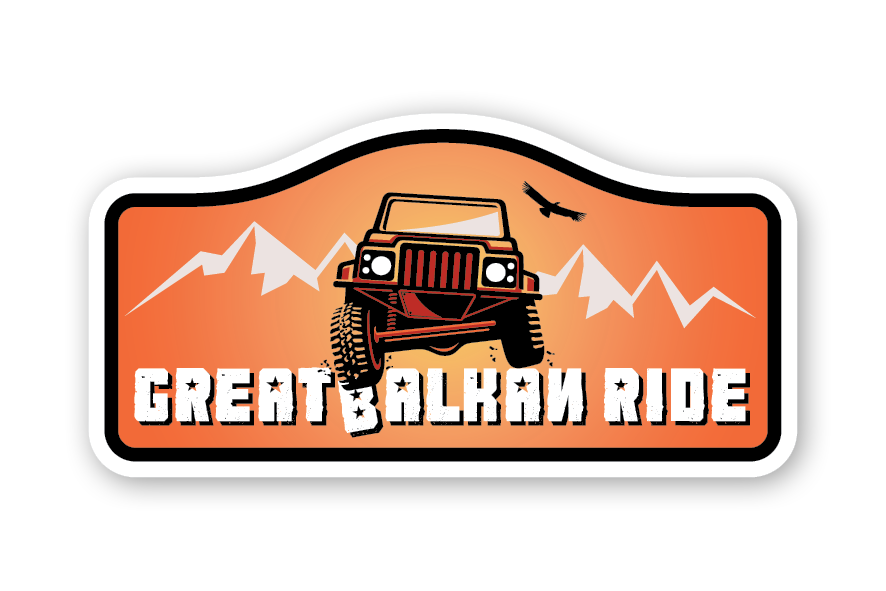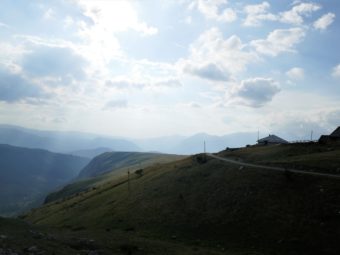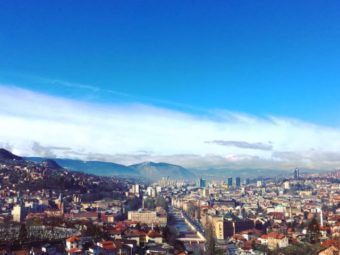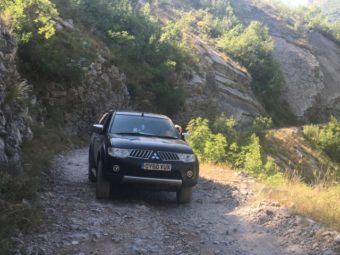You can read 700 pages in a year, right?
Besides the incredible scenery — mountain peaks, tranquil lakes, golden beaches, and more — and of course the warm hospitality, a great attraction of visiting the Balkans is the rich and complex history. There’s no better way to learn about the region’s past than by visiting for yourself on the Great Balkan Ride. However, as you wait the eleven months till the Great Balkan Ride 2018, there’s time to read about this fascinating area. And we know just the book.
Misha Glenny’s The Balkans

The Balkan region, though it can be defined in various ways, is generally considered to cover at least part of twelve countries, and total over two thirds of a million square kilometers. As such, any book covering the history of the region in any depth will necessarily be rather long. The best book we know of, The Balkans, 1804-2012: Nationalism, War and the Great Powers, contains over 700 pages of reading (in paperback form), despite only covering the most recent two centuries. However, it is well worth the time commitment: Glenny vividly depicts numerous conflicts and crises, often finding a personal angle, while shunning simplistic explanations of ethnic hatred and emphasizing how the meddling of the Great Powers has long created instability.
What You Can Learn

The Balkan conflict that readers will likely be most familiar with — the Yugoslav Wars of the 1990s — are covered, but only later in the book. In order to gain a greater understanding of their causes, Glenny describes the previous centuries of turmoil in the region. He recounts the gradual destruction of the Ottoman empire (and the subsequent nationalist movements of its constituent parts), various 19th Century crises, and then the World Wars: the first was sparked in Sarajevo but both caused horrific bloodshed across the region. While Yugoslavia is provided the greatest focus, other Great Balkan Ride destinations Albania and Greece (plus Turkey, for those continuing on to the Caucasian Challenge) are covered in detail.
Other Balkan Classics
![]()
For those seeking a general overview but without the inclination to read 700 pages, Mark Mazower’s The Balkans: A Short History is also well regarded. For the keenest readers, there is an even longer book we can recommend: Rebecca West’s Black Lamb and Grey Falcon. At over 1,000 pages, her depiction of Yugoslavia in the late 1930s is not for the faint-hearted, but it is a literary tour de force, which provides many insights into the circumstances and mentality of Serbia, Bosnia, and Montenegro. Rebecca West, considered essentially pro-Serbian, had a rival in Edith Durham, who lived in, wrote about, and loved, Albania. In her classic work High Albania, she famously said of Thethi (a stop on the Great Balkan Ride, pictured below), “I think no place where human beings live has given me such an impression of majestic isolation from all the world.“
The History We Visit

The Great Balkan Ride is packed with places of historical significance, many of which feature in the aforementioned books. Glenny’s book covers our starting city Sarajevo — of which the famous siege was only the latest tragic episode in a long history of violence — and last city Thessaloniki — which within the space of a few years, a century ago, suffered tremendous turmoil through war, fire, and genocide — in great depth. Our destinations in between — Kosovo, Montenegro, and Albania — are also much discussed. The experience of our rally can be made richer by walking the ancient streets of, for instance, Sarajevo or Gjirokastër and knowing in whose footsteps you follow. And conversely, no matter what you read, by far the best way to learn about the Balkans is to experience them for yourself!




The Balkan Peninsula has a complex history. Different folks have left rich heritage. So many wars have taken place here. Borders have constantly changed. From this point of view, the Balkans are an extremely interesting destination, but it is good to be prepared in advance with the historical facts.:)